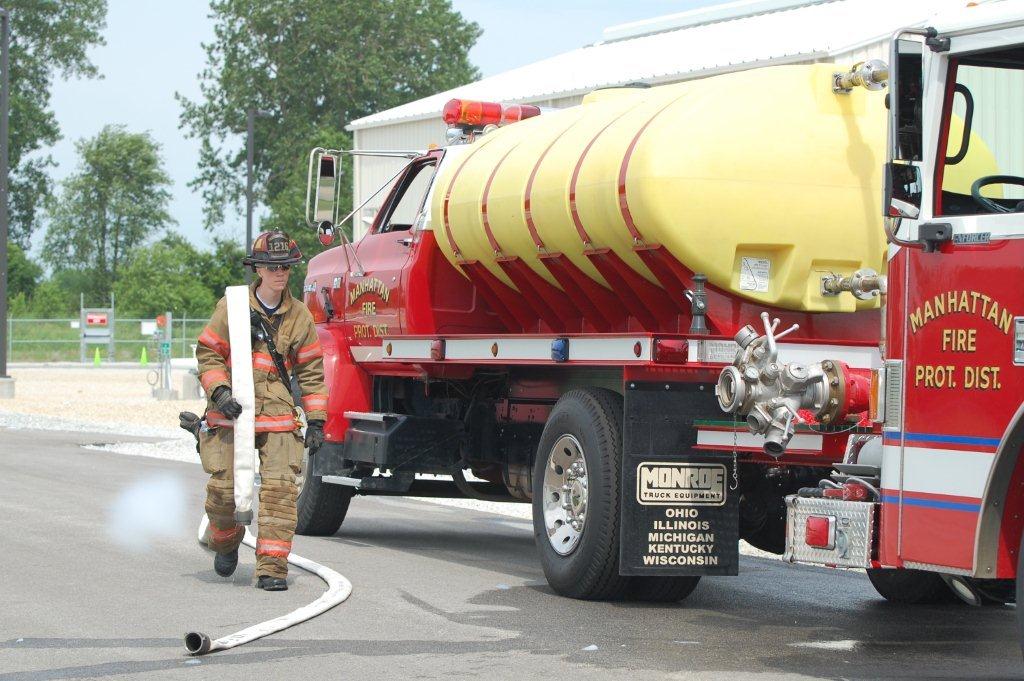Emergency Officials
Enbridge's pipeline system doesn’t just run through communities—it connects them



At Enbridge, operating our pipelines safely and reliably is a top priority. We work diligently to protect our underground pipeline infrastructure because it means our neighbors and employees are protected as well. Although pipeline leaks are rare, Enbridge is prepared and will work with emergency responders to protect the public and environment in the event of a pipeline emergency.
Preparedness and quick response help to minimize the threat to the public and damage to the environment. We value the expertise you possess as emergency responders. We’re committed to strengthening our partnerships through meetings, training exercises, personal contact, and information updates. We always appreciate hearing from you and encourage you to call at your convenience if you have questions or concerns.
It’s important for all emergency responders along our pipeline rights-of-way to:
• Know where pipelines are located in your community who operates them
• Know how to recognize a potential pipeline leak
• Know what to do in a pipeline emergency situation
• Know what Enbridge does to prepare for emergencies.
Emergency responder information is available, including Field Emergency Response Plans for our areas of operations, emergency contact numbers and resources such as pipeline safety brochures, free online training and posters. We encourage emergency response organizations to review the information and share it with others in their organization. Additionally, registered users may access our Inland Spill Response Tactics Guide, an Enbridge document illustrating a collection of inland spill response tactics that can be used as a quick reference to select and implement containment and recovery response strategies
Shoulder to Shoulder, a series of videos produced by the Interstate Natural Gas Association of America (INGAA) and the American Petroleum Institute (API)/Association of Oil Pipe Lines (AOPL), focuses on emergency responders and pipeline operators—and the way they work together in the unlikely event of a pipeline emergency.